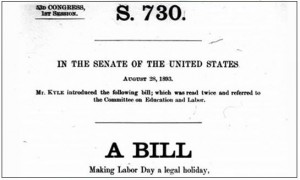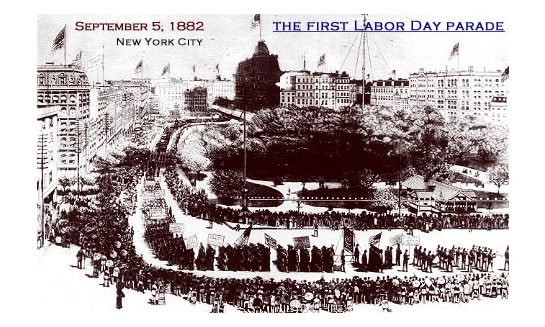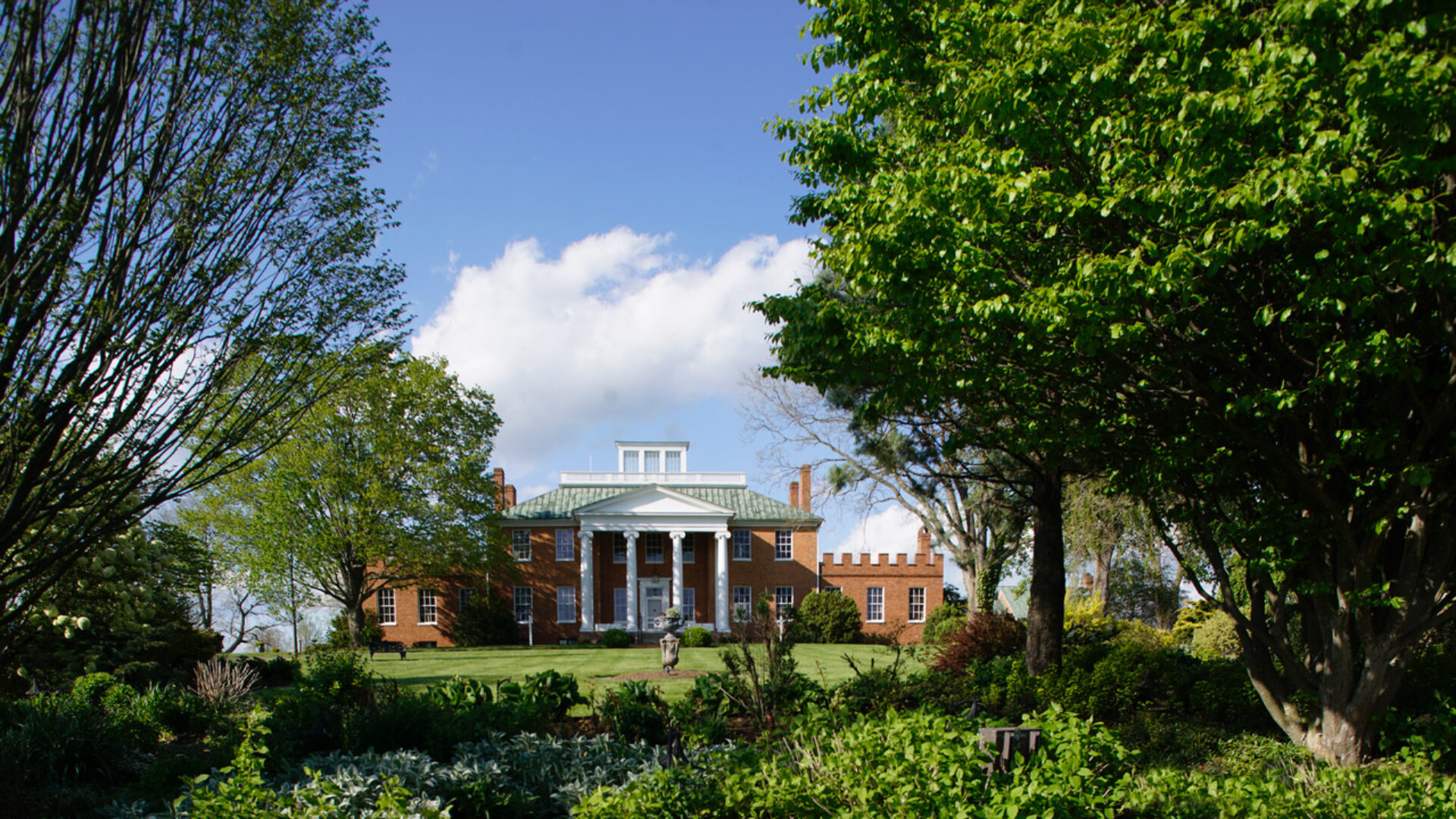For many Americans, Labor Day weekend often represents the end of summer and the start of school. But why is it called Labor Day? Simply stated, Labor Day is a day set aside to recognize and pay tribute to the achievements of working men and women and their contributions to the strength and prosperity of our nation.

While President Grover Cleveland officially designated Labor Day a federal holiday in 1894, the idea of a “working man’s holiday” actually began about a decade earlier.
This idea spread throughout the industrial centers of the country as the American labor movement became more organized and influential. Even with warnings that they may be fired, as many as 10,000 workers attended one of the first Labor Day parades in New York in 1882.
19th century workers were responding to one of the darkest chapters in America’s labor history. At the height of the Industrial Revolution, the average American worked 12-hour days, seven days a week (just to get by), while children as young as 5 years old spent their days in mills and factories, earning only a fraction of adults’ pay. Working conditions were unsafe, unsanitary, and often provided limited access to fresh air. Labor unions formed and fought for better wages and working conditions, and organized strikes, pickets, boycotts, and rallies to further their goals.

The federal recognition of Labor Day represented major strides of the labor movement – their voices were being heard and their requests considered. The recommended celebrations of the day included, a street parade to exhibit to the public “the strength and esprit de corps of the trade and labor organizations” of the community, followed by a festival for the enjoyment of the workers and their families.
As you enjoy barbeques, parades, and last summer trips this weekend, remember the many 19th century workers and leaders whose dedication to the American workforce provided the push for many of our labor protections today.
– Cassie Ward, Director of Public Programs
